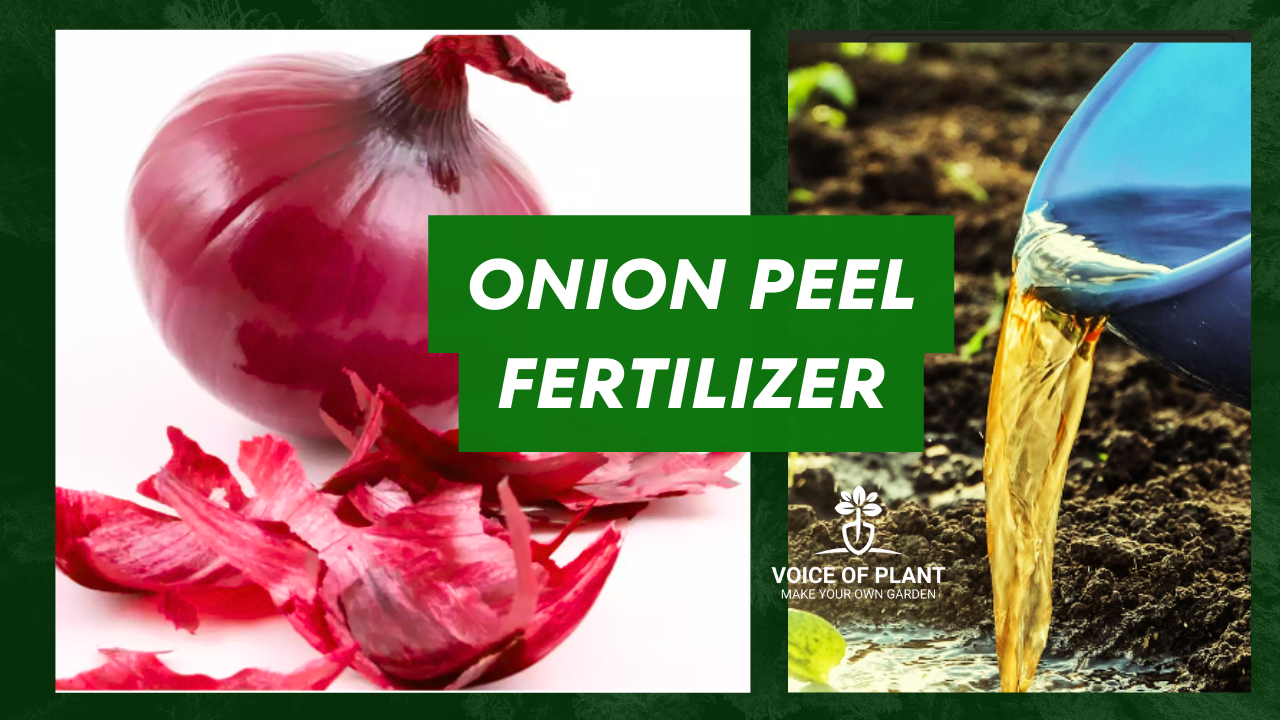How to Save a Dying Peace Lily: A Peace Lily is a resilient plant, but improper care can lead to issues like yellowing or black leaves and drooping foliage.

Common Signs of a Dying Peace Lily
When your Peace Lily is struggling, it will show clear signs. Common indicators include:
- Drooping or wilting leaves.
- Yellowing or browning edges.
- Dry, crispy leaf tips.
- Lack of flowering during its blooming season.
- Mushy, waterlogged roots.
- Pests like spider mites or aphids.
If you notice these symptoms, your Peace Lily needs immediate care. Each issue provides clues about what might be wrong, helping you take the right steps to restore its health.
Diagnosing the Problem
1. Overwatering vs. Underwatering
Water-related issues are the leading cause of distress in Peace Lilies.
Overwatering can drown the roots, causing them to rot and preventing nutrient absorption.
- Signs of overwatering include soggy soil, drooping leaves, and a foul smell near the roots.

On the other hand, underwatering leaves the soil dry and compact, causing the leaves to curl and crisp at the edges.
To diagnose, check the soil’s moisture by pressing your finger an inch deep. If it’s wet and sticky, it’s likely overwatered. If it’s dry and crumbly, the plant needs hydration.
Tips to Avoid Overwatering
1. Use Well-Draining Soil: Ensure your potting mix is light and drains water effectively.
2. Check Before You Water: Stick your finger into the soil to test moisture levels.
3. Empty the Saucer: Always remove excess water from the plant saucer to prevent root rot.
4. Adjust Watering Frequency: Keep a close eye on the plant during seasonal changes to adapt your watering routine.
Must read:
Does Peace Lily Really Love Moist Soil?
Steps to Revive Your Peace Lily
Here’s a step-by-step guide to revive your dying Peace Lily and restore its health.
1. Disinfect Your Pruner
- Always use clean, sterilized pruning tools to avoid spreading infections.
2. Remove Unhealthy Leaves
- Gently prune all yellow and black leaves.
- Retain only green, healthy foliage.
3. Check the Roots
- Remove the plant from its pot and inspect the roots.
- Look for signs of root rot, such as mushy, discolored, or foul-smelling roots.
4. Address Root Rot
- If root rot is present, remove all soil from the roots.
- Use sterilized pruners to cut away mushy or rotting roots.
- Retain only firm, white, healthy roots.
5. Repot the Plant
- Choose a pot with drainage holes and fresh, well-draining soil.
- Gently place the plant in the pot and cover the roots with soil.
6. Adjust Watering Habits
- Allow the top 1–2 inches of soil to dry out before watering again.
- Always ensure excess water drains out of the pot to prevent waterlogging.
7. Provide Optimal Conditions
- Place the plant in bright, indirect sunlight.
- Maintain a temperature range of 65–80°F (18–27°C).
- Increase humidity by misting the plant or placing a tray of water nearby.
Must read:
Best Fertilizers for Peace Lily Plant
Key Tips for Long-Term Care
- Watering: Water moderately, avoiding soggy soil.
- Fertilizing: Use a balanced liquid fertilizer once a month during the growing season.
- Cleaning Leaves: Wipe the leaves regularly to remove dust and promote healthy photosynthesis.
By following these steps, your Peace Lily should recover and thrive. Regular monitoring and proper care are essential to ensure its health and beauty.
Follow our Social media channel:
1. Voice of Plant – YouTube Channel
2. Voice of Plant Facebook Page
3. Instagram Voice of Plant Channel
Happy gardening!
















